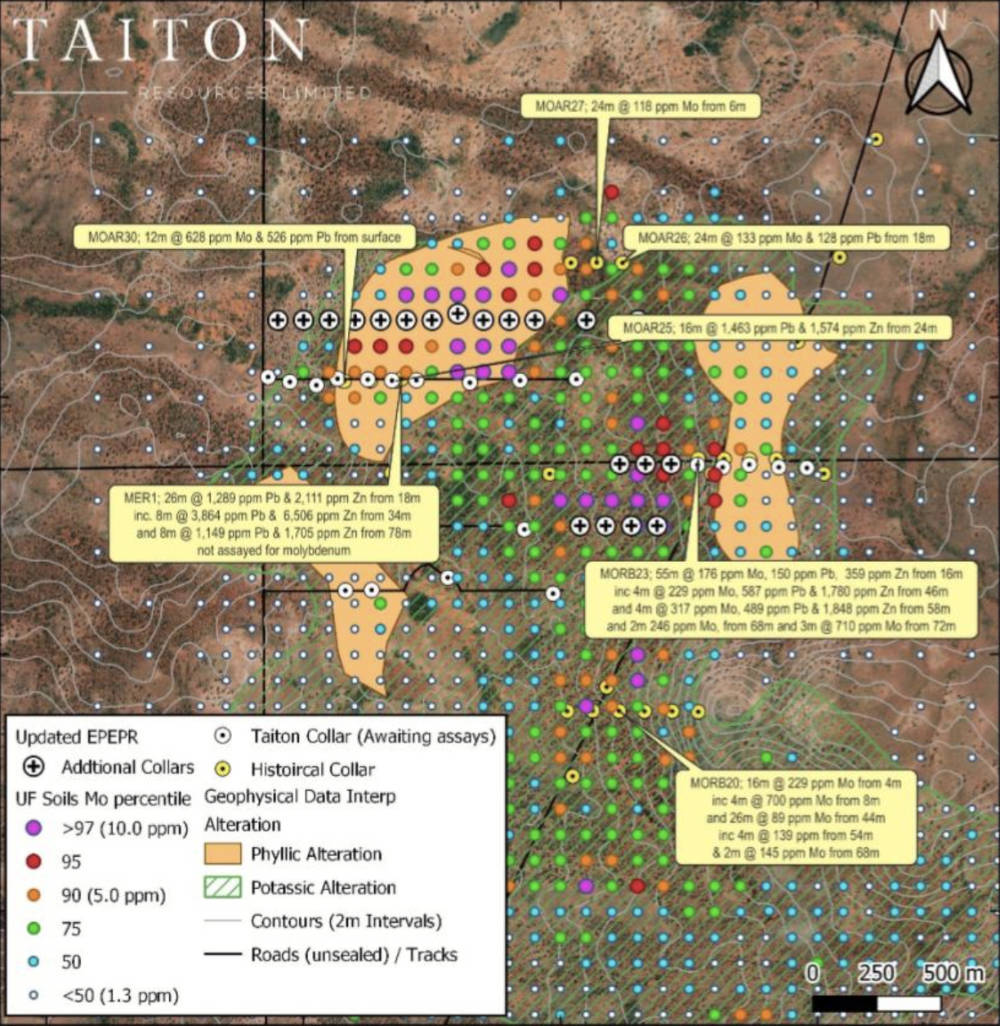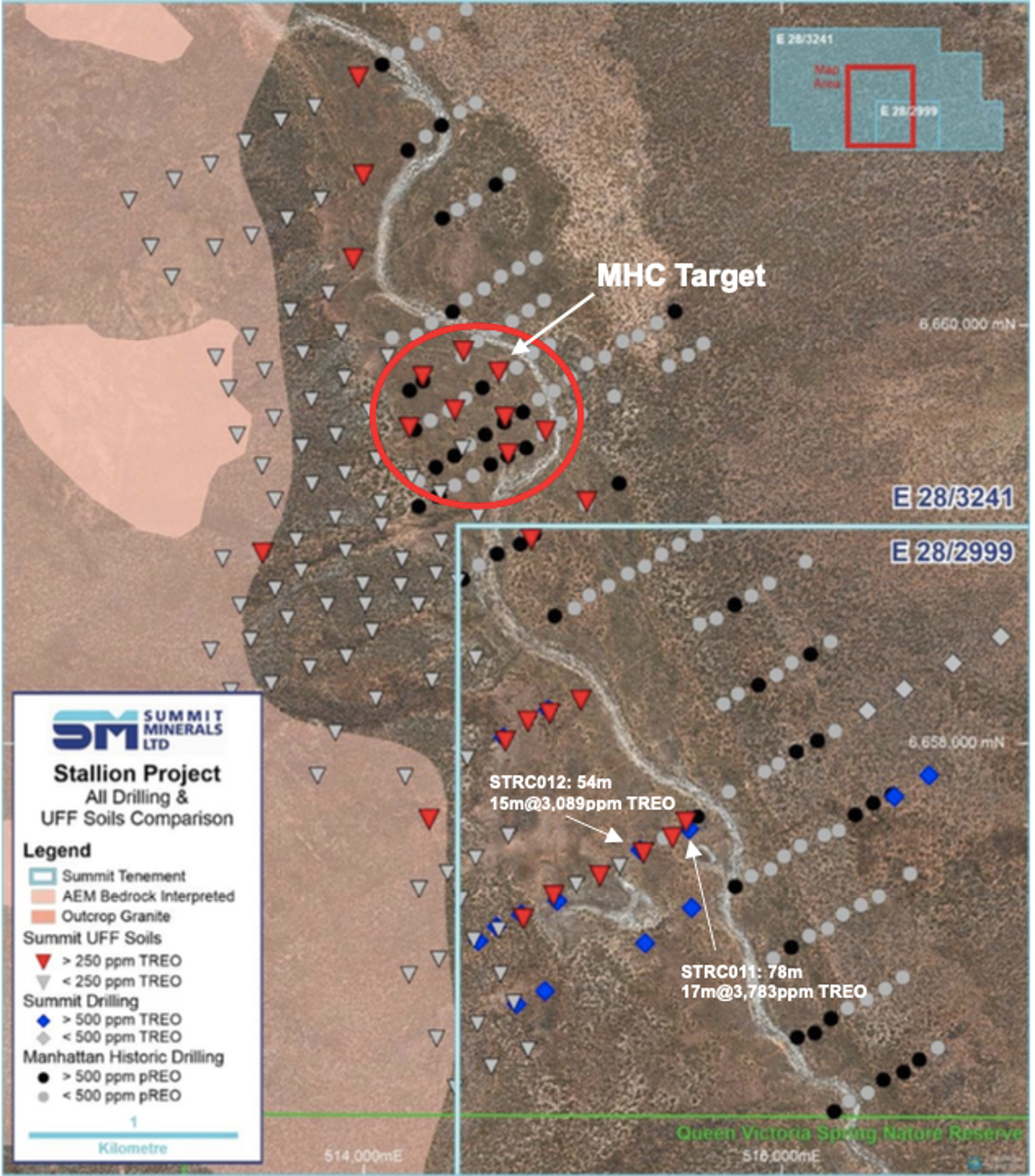Iron Ore
Vale begins Gelado tailings re-use project commissioning with IHC electric dredges
Vale has begun commissioning the Gelado Project in Carajás, in the state of Pará, Brazil, which will produce high-quality pellet feed by reusing the…

Vale has begun commissioning the Gelado Project in Carajás, in the state of Pará, Brazil, which will produce high-quality pellet feed by reusing the iron ore tailings that have been deposited in the Gelado dam since 1985, when Vale began operating in the region. In addition to providing a sustainable destination for the tailings, the project will use 100% electric dredges to extract the material, avoiding CO2 emissions. The initial production capacity will be 5 Mt/y and the investment is $485 million. The commissioning phase, in which performance and capacity tests with loading are being carried out it says should last until the end of the first half of the year, when operation will begin on a continuous basis. After the conversion of Carajás Plant 1 to natural humidity processing, planned for the next few years, the Gelado project will reach its capacity of 10 Mt/y.
Over the last 37 years Vale has been producing iron ore at Carajás and depositing the tailings in the Gelado dam. This material is basically composed of iron ore particles that could not be used in the original beneficiation process and impurities such as silica and alumina. Using dredges, the tailings will be removed from the dam and sent back for processing at the plant. The ore grade of the material extracted from the dam is already 63%, considered high. At the plant, the ore will undergo a magnetic concentration process, in which a powerful magnet separates the ferrous particles from the silica and alumina, further increasing its quality. This is the first time that magnetic concentration has been used in Pará’s operations. The end product is a pellet feed that will feed the company’s pelletising plant in São Luís in the state of Maranhão. The high quality of the pellets manufactured at the site contributes to reducing carbon emissions for steelmaking customers when compared with lower quality products. Vale has a target of reducing its scope 3 emissions by 15% by 2035. The sustainable character of the project is reinforced by the use of 100% electric dredges, as well as electric pumps, which use electricity from renewable sources rather than fossil fuels such as diesel. Thus, over 10 years, the project will stop emitting a total of 484,000 t of CO2, equivalent to the consumption for one year of 105,000 gasoline-powered 1,000-cc cars. Four Cutter Suction Dredges (CSDs) have been supplied by Netherlands-based company Royal IHC, and are 46 m long and weigh 364 t. The first of these was commissioned in October 2022.“The environmental issue has been in focus since the conception of the Gelado project,” explains the project’s operations manager, Roberto Francisco. “In addition to desilting the dam, we are reducing the amount of tailings in the structure and transforming them into a new product, avoiding the necessity of future raisings. We do this by focusing on reducing CO2 emissions”. About 185 professionals will work directly on the operation. A total of ten inspectors and machine operators were professionally trained in the Netherlands to work with the dredgers. The investment enhanced the development of local professionals prepared to practice state-of-the-art and more sustainable mining.
Vale says it researches and develops processes to reduce waste generation and to reuse or recycle these materials, giving rise to new products that contribute to a more sustainable value chain. In addition to reinserting rejects into the production chain, as is being done with Gelado, the company invests in reusing sand from iron ore processing in order to reduce the generation of tailings. In 2021 Vale started marketing Sustainable Sand, a product intended for civil construction with 100% legal origin, high silica and low iron content, and high chemical and grain size uniformity. So far, about 800,000 t of the product have been donated or commercialised. The estimate for 2023 is that this quantity will grow. Vale is also developing solutions for using sandy tailings to pave roads and even as a substitute for common cement.The use of electric dredges at Gelado is part of Vale’s initiatives to achieve its carbon emission targets. In 2020, Vale announced its goal of zero net emissions of Greenhouse Gases (GHG) by 2050, in Scopes 1 and 2. Among the measures adopted to achieve this goal is the replacement of fossil fuels with clean sources in operations, focusing on the use of renewable energy and alternative fuels, greater efficiency in operations using new technologies. The strategy of electrification of assets, for example, already includes the adoption of two 72 t XCMG XDR80TE electric trucks in mining operations in Indonesia and in the state of Minas Gerais (Brazil); and also about 50 pieces of underground mine equipment in Canada.
The post Vale begins Gelado tailings re-use project commissioning with IHC electric dredges appeared first on International Mining.

3 Bargain Commodity Stocks to Ride the Wave of Global Energy Transition
The global focus on green energy does not mean that only renewable energy companies will benefit. There are several associated industries that are critical…
Taiton cleared to start second drill program over molybdenum anomaly at district scale Highway project, maiden assays ‘imminent’
Special Report: Taiton has the green light from South Australia’s Department of Mines and Energy to drill a significant molybdenum … Read More
The…
How big? Ultrafine soil sampling hints at the ‘size and scale’ of Summit’s Stallion rare earths project
Special Report: UltraFine+ soil analysis has confirmed more exploration upside to the north of Summit Minerals’ Stallion REE project in … Read More
The…













